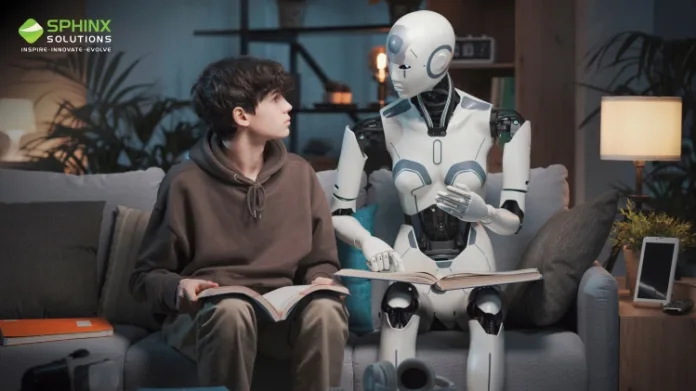
The integration of AI in education is no longer a futuristic concept—it’s a rapidly growing reality reshaping classrooms across the globe. From adaptive learning platforms to intelligent tutoring systems, artificial intelligence is creating smarter learning environments that enhance the educational experience for students and educators alike.
As we transition into a digital-first world, educational institutions are adopting AI-driven tools to deliver more personalized learning, increase efficiency, and improve student outcomes. In this article, we explore the transformative impact of artificial intelligence in education and the innovations leading the charge toward a smarter, more connected classroom.
1. Personalized Learning at Scale
One of the most compelling benefits of AI in education is the ability to deliver personalized learning experiences. Traditional teaching methods often struggle to accommodate the diverse needs and learning paces of individual students. AI-powered platforms analyze student behavior, performance, and preferences to customize content delivery in real-time.
These platforms can adjust the difficulty of lessons, recommend additional resources, and even change teaching strategies based on how well a student is performing. This ensures that each learner receives the support they need, making education more effective and inclusive.
2. Intelligent Tutoring Systems
AI is also making waves with intelligent tutoring systems (ITS). These are AI-based tools designed to replicate the guidance of a human tutor. ITS applications use machine learning algorithms to detect student weaknesses and provide immediate, tailored feedback.
AI tutors are available 24/7, offering students the flexibility to learn at their own pace outside of traditional classroom hours. These systems are particularly beneficial in large classrooms where one-on-one instruction is limited. By delivering customized learning experiences, ITS boosts student confidence and academic performance.
3. Smart Classrooms and Automation
Smart classrooms powered by AI and educational technology are transforming how teachers manage and deliver lessons. Automated grading, attendance tracking, and real-time student performance analytics reduce the administrative burden on teachers, allowing them to focus on instructional quality.
Voice recognition and natural language processing (NLP) are being used to create interactive learning environments. AI-powered assistants can answer student questions, offer explanations, and support teachers in delivering dynamic, engaging lessons.
4. Enhanced Accessibility and Inclusion
AI is also driving advancements in inclusive education. For students with disabilities, AI-powered tools such as speech-to-text converters, real-time translation, and screen readers make learning more accessible.
Additionally, AI can break language barriers through automated translation tools, enabling learners from different linguistic backgrounds to access educational content without limitations. This fosters a more inclusive and globally connected classroom environment.
5. Predictive Analytics for Early Intervention
Educators and administrators are using predictive analytics to identify students at risk of falling behind. AI systems can analyze data points such as attendance, participation, and test scores to detect early warning signs.
With this information, teachers can intervene proactively, offering targeted support before a student’s performance declines. This approach not only improves academic outcomes but also reduces dropout rates and enhances overall student well-being.
6. Challenges and Considerations
Despite its many advantages, implementing AI in education comes with challenges. Data privacy and security remain critical concerns, especially when dealing with sensitive student information. There’s also a need to ensure that AI systems do not perpetuate existing biases.
Educators must receive proper training to effectively integrate AI tools into their teaching methods. Moreover, balancing human touch with machine intelligence is essential to maintain the emotional and social aspects of learning.
Conclusion
The future of education is intelligent, adaptive, and deeply personalized. As AI in education continues to evolve, it promises to redefine learning by creating smarter learning environments that cater to individual needs and enhance academic success.
By embracing innovations like AI tutors, personalized learning platforms, and smart classroom technologies, educators can unlock new possibilities in teaching and learning. While challenges remain, the potential of artificial intelligence to revolutionize education is undeniable—and we are only scratching the surface of what’s possible.